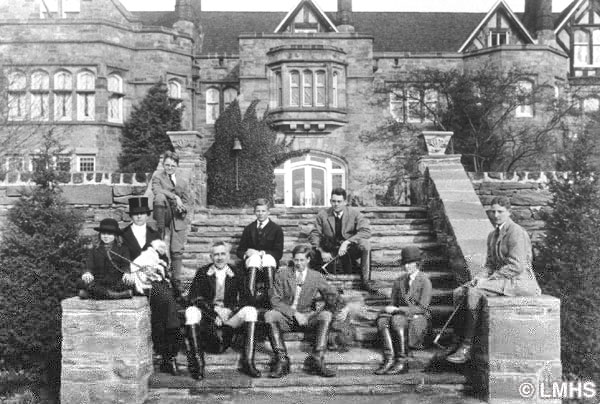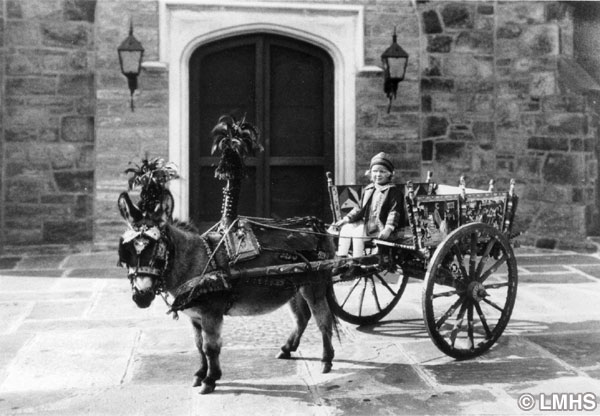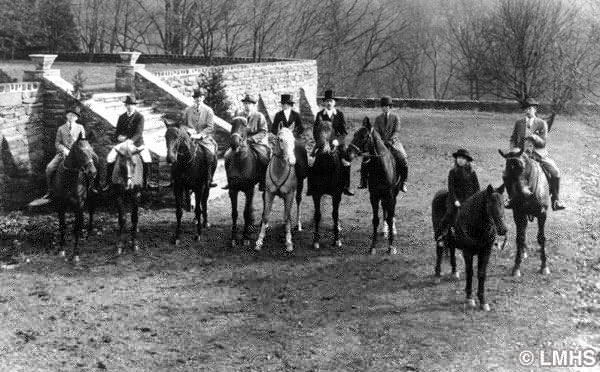James Crosby Brown’s Clifton Wynyates
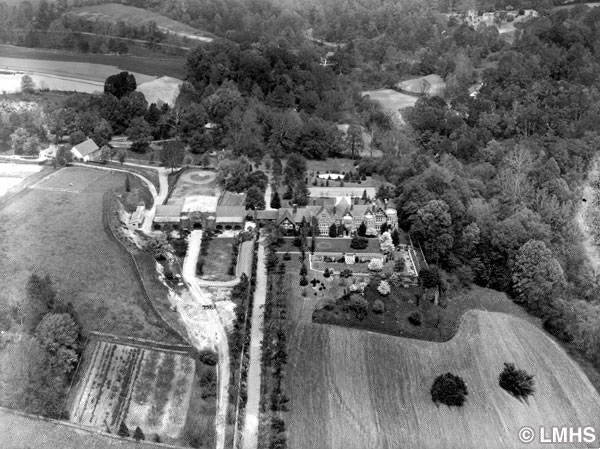
A 1915 newspaper clipping reads “James Crosby Brown, of the banking house of Brown Bros., has purchased Clifton Wynyates, the estate of Mrs. William Carpenter Scott at Ardmore (Gladwyne). The estate was valued at $500,000 and was sold at a figure close to that price. Clifton Wynyates comprises 200 acres, a house of 50 rooms, garage, dairy, stable, numerous other outbuildings and a large riding ring. It is one of the most extensive private estates in the vicinity of Philadelphia.”
The Brown Estate
James Crosby Brown, the son of John Crosby Brown of Brown Bros., merchant bankers of Philadelphia and New York, took a position with the Philadelphia office in 1904. He later married Mary Agnes Hewlett of Long Island and they had two sons.
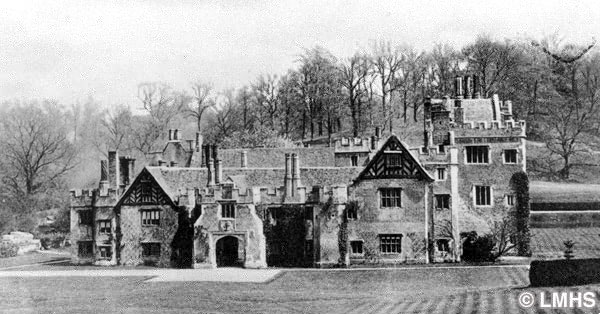
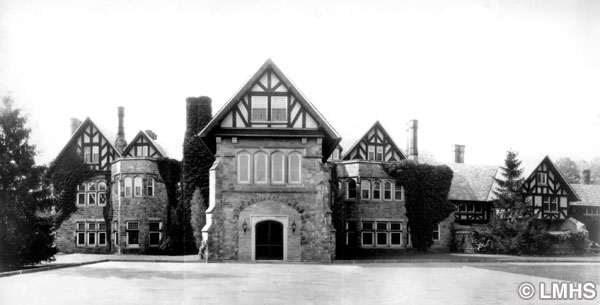
The estate he purchased in 1914 had been designed in 1903 by William Price. Brown called upon the original architect to make changes and improvements. The site incorporated various early farm buildings, mills and mill workers’ houses from the former agricultural and industrial lands bounding Mill Creek. Those structures served as housing for servants and over 25 farm hands who worked on the gentleman’s farm. Because Brown’s wife suffered from asthma, Brown continued to expand his land holdings to protect her from the smoke of burning leaves. Unfortunately this served little purpose, for she died of an attack while out of state.
In 1921 Brown married a widow, Aurelia Jenkins, former wife of a Yale classmate. Together they combined a family of five boys and two girls. In 1925 their own daughter, Aurelia (called Thistle) was added to the family.
The Market Crashes
The lavish life of this Golden Age family changed radically after the stock market crash of October 1929. Brown apparently lost half or more of his investments. At age 56, a heart attack caused his death while walking home from his neighbor and financial associate, Joseph N. Pew.
Despite his losses, Brown’s estate totaled nearly 1.5 million dollars (including the 194 acres in Gladwyne, 1,000 acres on Pasque Island in Massachusetts and two yachts in Brooklyn).
The widow and family moved to a small property in Sugartown, leaving the Gladwyne estate to be sold by his executors to create a family trust.
A Large Subdivision
By 1933 the land was being subdivided through Brown’s widow and his brother, Thatcher. Walter Durham and James Irvine, a leading architecture and development team in the township since 1926, became the chief collaborators. Of all the Main Line estates that Durham & Irvine developed , this was the largest. Subdivision plans changed from 20 large tracts in 1934 to 43 parcels by 1948.
Durham designed and built new houses on 25 parcels. He adapted or altered existing buildings on three others. He also converted Clifton Wynyates into two residences and the garage into a third. What was significant about this development was the care and consideration given to the landscape through a 3-acre lot size and deed restrictions. Despite the estate’s need, the land was not plundered for profit through a high density development of four to five houses per acre.
Durham’s Architecture
Eight of Durham’s new houses typified his early, classic Pennsylvania farmhouse pattern (derived from the 18th century vernacular Welsh homes of the area). Two buildings mimic the British picturesque masonry manor house. Fourteen others range from moderne to new eclectic designs using regional architectural patterns that Durham initiated after World War II.
The Brown Legacy
The Brown estate and the Durham & Irvine team left the township with a quality development using spacious lots with sensitivity to the Mill Creek Valley. Their forward-looking land conservation goals have enabled 192 acres to appear as undeveloped wooded hillsides even today.

